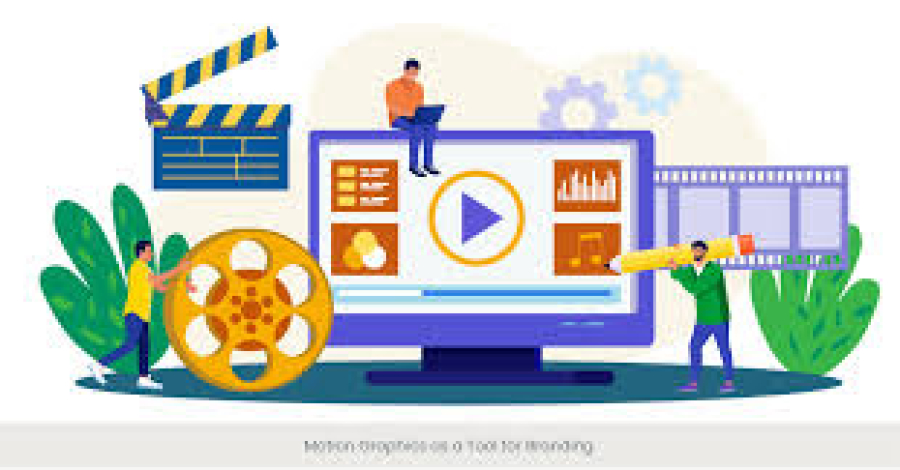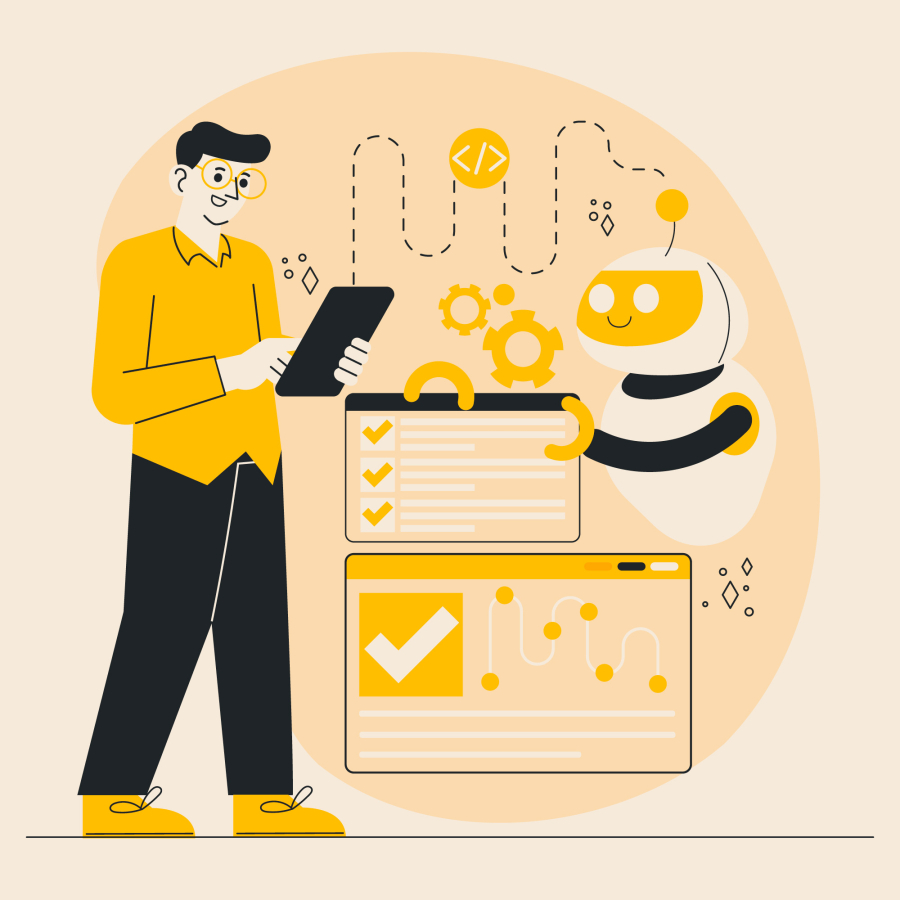How to Design User Personas for Better Brand Targeting
Creating stunning visuals, writing compelling copy, or building seamless user interfaces is only part of the job as a creative freelancer. To truly make a brand connect with its target audience, you need to understand who that audience is. This is where user personas come in.
A well-researched and thoughtfully designed user persona allows brands to create targeted experiences, build deeper relationships with their customers, and deliver marketing that resonates. As a freelancer offering branding, marketing, UI/UX, or content services, knowing how to create user personas can make your work more effective and position you as a strategic thinker.
In this article, we’ll explore the importance of user personas, step-by-step instructions on how to create them, and how they influence better brand targeting for your clients.
Long Description
What is a User Persona?
A user persona is a semi-fictional representation of a brand’s ideal customer, based on research, data, and insights. It includes key information such as:
Demographics (age, location, occupation)
Behaviors (online habits, purchasing preferences)
Pain points (challenges or frustrations)
Goals and motivations
Preferred platforms or channels
User personas humanize the audience and help creative professionals design more relevant and personalized branding, messaging, and experiences.
Why User Personas Matter in Brand Targeting
1. Increases Marketing Efficiency
User personas help eliminate guesswork. Brands know exactly who they’re talking to, what their audience wants, and how to reach them. This leads to better conversion rates and lower ad spend.
2. Aligns All Creative Outputs
Designers, copywriters, developers, and marketers can work toward a shared vision when they understand the target persona. This creates consistent, user-focused outcomes.
3. Enhances Product or Service Development
Personas guide decision-making about features, services, and customer experiences, helping clients build offerings that people truly need.
4. Supports Tone and Visual Identity
Knowing your user helps shape the tone of voice, color choices, and design elements. A youth-centric persona may require a bold and energetic brand look, while a corporate persona demands professionalism and trust.
Core Elements of a Strong User Persona
To be useful for brand targeting, a user persona must go beyond basic demographics. Here’s what to include:
1. Persona Name and Title
Give each persona a realistic name and a job title or role. Example: Aarav – Ambitious Startup Founder.
2. Demographic Info
Include:
Age range
Gender identity
Location (urban/rural, region)
Income bracket
Education level
3. Professional Background
Industry or sector
Job role and seniority
Career goals
4. Psychographics
Values and beliefs
Lifestyle
Interests and hobbies
Personal aspirations
5. Digital Behavior
Favorite platforms (Instagram, LinkedIn, YouTube, etc.)
Device usage (mobile vs desktop)
Content consumption habits (video, blogs, social posts)
6. Pain Points and Frustrations
Identify what challenges they face related to your client’s product/service.
7. Goals and Motivations
What do they hope to achieve? This helps in crafting brand messages that solve problems or inspire action.
8. Preferred Communication Channels
How and where does this persona prefer to be engaged (email, SMS, social media, etc.)?
Steps to Create Effective User Personas
Step 1: Conduct Audience Research
Use a mix of qualitative and quantitative methods to gather insights:
Client interviews – Talk to your client’s customers or stakeholders.
Surveys – Send forms via Google Forms, Typeform, or SurveyMonkey.
Analytics – Check Google Analytics, social insights, and CRM data.
Customer reviews and testimonials – Look for recurring feedback.
Social listening tools – Platforms like Brandwatch, Hootsuite, and Sprout Social help monitor audience behavior.
This ensures that your personas are based on real behaviors and not assumptions.
Step 2: Identify Behavioral Patterns
Group your research data into clusters based on shared goals, frustrations, or habits. Each cluster will eventually represent a unique persona.
Example:
Group A: Young professionals looking for affordable web hosting.
Group B: Small business owners seeking branding help.
Each group gets its own persona.
Step 3: Build the Persona Profile
Use a clear, structured format. You can present personas as:
PDF documents
Figma/Canva slides
Notion pages
Interactive client portals
Make them visual with:
A photo/avatar
Summary headline (e.g., “Tech-savvy freelancer seeking simplicity”)
Bullet points for each section
Step 4: Link Each Persona to Brand Strategy
Every brand touchpoint — messaging, product features, visuals — should map back to at least one persona. Ask:
What headline would grab this persona?
What social platform should we focus on?
How should the tone differ for each persona?
This keeps your brand targeting laser-focused.
Tips for Freelancers Creating User Personas
1. Involve Your Client
Work collaboratively by asking for access to customer data, past campaign results, and stakeholder interviews.
2. Keep Personas Realistic
Avoid clichés or overly broad personas. Use real language and examples.
3. Don’t Overcomplicate
Three to five solid personas are usually enough. Too many can confuse the strategy.
4. Revisit and Refine
User behavior evolves. Offer clients periodic persona reviews as a recurring service or retainer feature.
5. Use Persona Templates
Use tools like:
HubSpot’s free persona template
Xtensio persona builder
Figma persona kits
They speed up creation and ensure you don’t miss key elements.
How User Personas Improve Creative Freelance Work
1. Better Web Design and UX
Design interfaces and navigation tailored to how each user persona behaves online.
2. Targeted Copywriting
Craft messaging that speaks directly to a user’s mindset and goals — boosting relevance and clarity.
3. Smarter Social Media Campaigns
Choose the right platforms, content types, and ad styles for each persona group.
4. Personalized Email Flows
Design drip campaigns based on persona-specific needs and behaviors.
5. Niche Product Packaging or Visuals
Use persona insights to customize color schemes, typography, or visual hierarchy in branding.
Example User Persona
Name: Priya Mehta – “The Digital Marketer on the Go”
Age: 28
Location: Mumbai, India
Job: Mid-level Digital Marketer at a Startup
Pain Points:
Doesn’t have time to study long whitepapers
Gets overwhelmed by complicated analytics tools
Goals:
Improve campaign performance with easy-to-use software
Preferred Platforms: Instagram, LinkedIn, YouTube
Content Preference: Short videos, infographics, quick-read blogs
Tone Response: Casual but data-backed messaging
Such a persona would guide design and content decisions for a SaaS brand or marketing agency.
How to Present Personas to Clients
Schedule a walk-through to explain each persona
Link personas to marketing goals
Show examples of how personas will influence real-world brand assets
Deliver as part of a larger brand strategy package
Conclusion
In an era of personalization and experience-first branding, user personas are essential tools for freelancers. They allow you to dig deeper than visual aesthetics and deliver creative solutions that are grounded in strategy.
By mastering user persona creation, you can guide your clients toward more targeted, effective, and profitable branding decisions. It also enhances your value as a creative partner who understands not just design — but the audience behind the design.
Start incorporating persona-building into your services and watch your freelance business grow in depth, authority, and client retention.


 by Emily
by Emily




